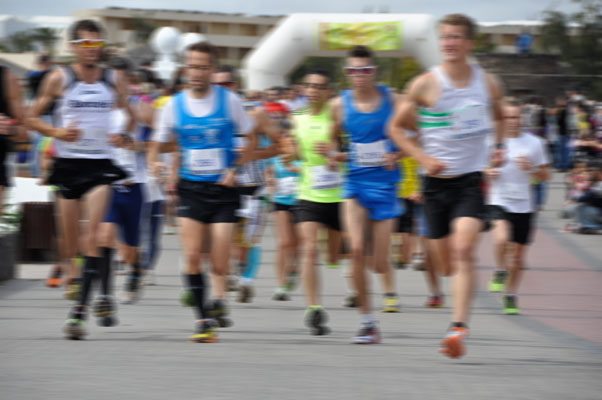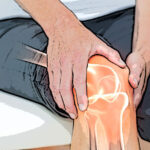Do you suffer from the dreaded side stitch? As a beginner runner or jogger, the dreaded ‘side stitch’ can often be a more than uncomfortable experience, with the pain being dull to sharp. The pain can impede your running as much as an injury and can also lead to slight muscle damage in the area, if attempting to simply run through it.
The Side Stitch
The secret is to deal with the ‘stitch’ as quickly as possible. The immediate solution is to stop running. Always an easy one, but for a number of runners not ideal.
Before we progress further, let us discuss what causes a side stitch? Understanding the cause may assist in the treatment, as well as also attempting to avoid the future occurrence of a side stitch.
What causes a side stitch?
The sad truth is that there is no clear cut understanding as to what is the definite cause of this ailment, however research does point towards a few things which may be the cause of the problem.
A few of the ‘boffins’ believe it has something to do with muscles or ligaments in the abdomen region.
Some researchers believe the pain of a running side ache is not restricted to the diaphragm, but involves a variety of muscles or ligaments in that area.
It is believed that in most cases, the pain of a side stitch is often related to the breathing process. The stitch occurs normally when one is breathing hard for a longer period of time. The diaphragm – and other stomach muscles – participate in the breathing process. They move every time we breath in or out. When we inhale, we move air into the lungs, expanding them. This forces the diaphragm and other muscles down. When we exhale, we expel the air and as the lungs shrink these muscles move back up. Some think rapid moving up and down can eventually cause a spasm of the diaphragm or other related muscles or ligaments.
The bottom line is, it doesn’t matter much to the inflicted whether the muscle is in spasm or cramping or just hurting: what they care about, is how to put an end to it rapidly.
Most of the experts agree that the best solution is to slow down a little and get rid of the side ache as fast as you can. And – if you learn the techniques described in our other articles – you may not have to slow down very much, or for very long.
This leads us to consider a number of factors. For example, a side ache could be related to the strength of the related muscles, and how much bouncing occurs in there during running. That is, the combination of weaker stomach muscles and excessive bouncing during running could aggravate the condition, making a side stitch more likely. And, if the stitch occurs because of the movement of the internal organs as they bounce up and down while running, then we may be able to help get rid of them by getting our stomachs in better shape.
Another issue is related to the size of our internal organs. The side stitch could be aggravated by the size and weight of the internal organs involved. This means, for example, that a full stomach could be putting excess stress on the related muscles and ligaments. Making sure the stomach is as empty as possible before running might help some runners. But a large organ such as the liver is going to be forced up and down during running, and there is not much we can do about that. In the end, the trick is to watch for the first signs of a side stitch and learn how to quickly get rid of it.
Author: Gavin Doyle
more to follow
































